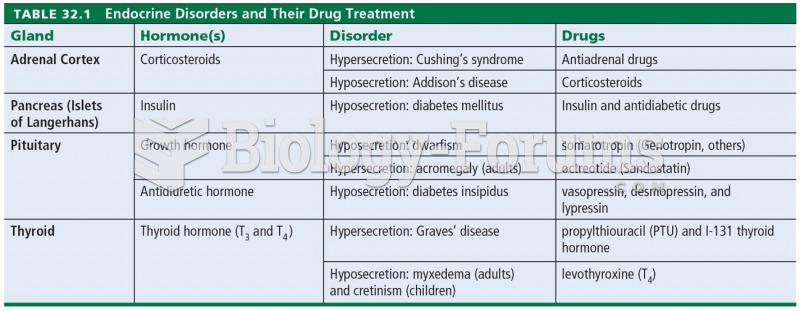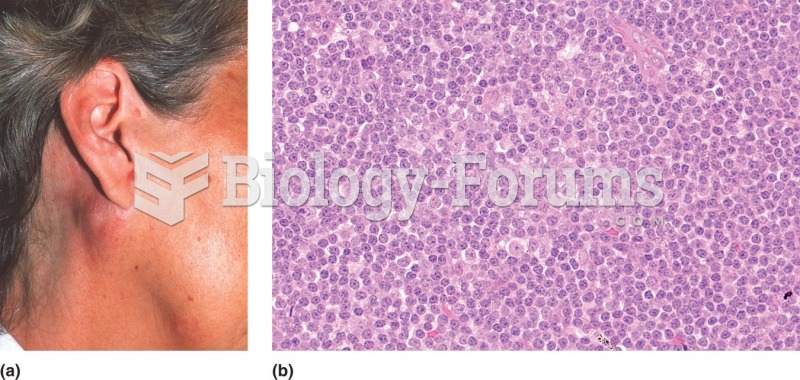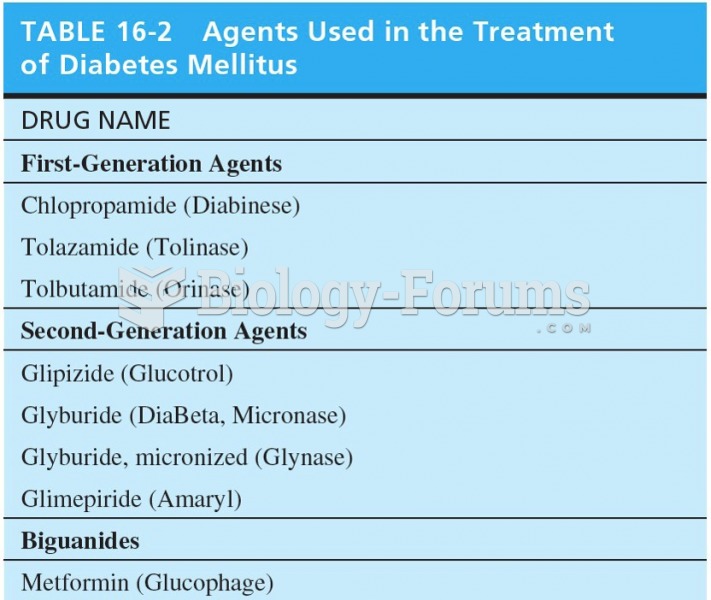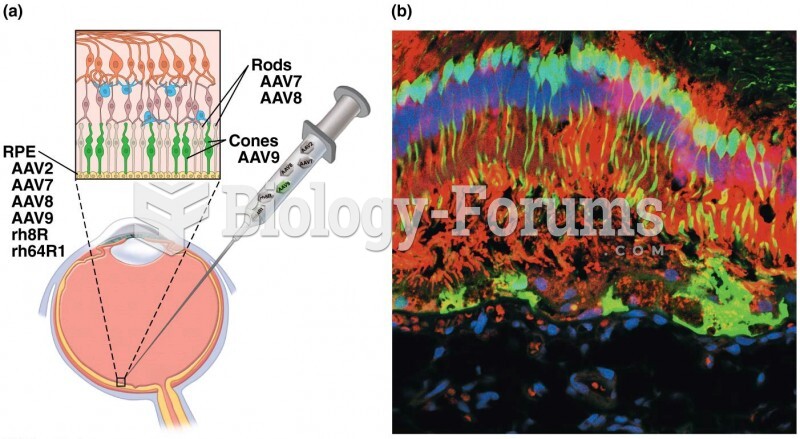Charlie is a 53-year-old man with non-Hodgkin lymphoma. His treatment has been only modestly successful in delaying the progression of the disease, and he has recently relapsed.
His medical team decided to administer aggressive chemotherapy. Knowing that the intensive treatment would have a destructive effect on Charlie's bone marrow, they removed stem cells from his blood before the chemotherapy began. Afterward, the stem cells were returned by IV to reestablish his bone marrow function.
Before harvesting stem cells, a cytokine growth factor is administered to the patient. What is the benefit of this procedure?
Non-Hodgkin lymphoma is a disease involving B and T lymphocytes. What aspects of the immune response are these cells responsible for?
When considering erythrocytes, how is the body able to meet hematopoietic demand in conditions such as hemolytic anemia or blood loss?
Question 2
Leona is 52 years old and smokes. She is also overweight and has atherosclerosis. When she was given a 2-week vacation from work, she packed up her bags and flew from Minnesota to Sydney, Australia, for the trip she always wanted to take.
Unfortunately, just 3 days after she arrived, she was hospitalized when her left calf became inflamed, causing her considerable pain. The physician attending to her told her she developed a deep vein thrombosis.
Explain, using your knowledge of hypercoagulability, why the trip to Australia contributed to Leona's DVT? Why was Leona already at risk for thrombus development?
How does Leona's atherosclerosis affect platelet function? Conversely, what is the effect of increased platelet activity on the development of atherosclerosis?
How do atherosclerosis and immobility promote changes in blood coagulation?
When Leona was in hospital, she received heparin therapy. Explain why this course of action was taken to treat her DVT. Why was she not given heparin tablets to take back to the hotel with her?







